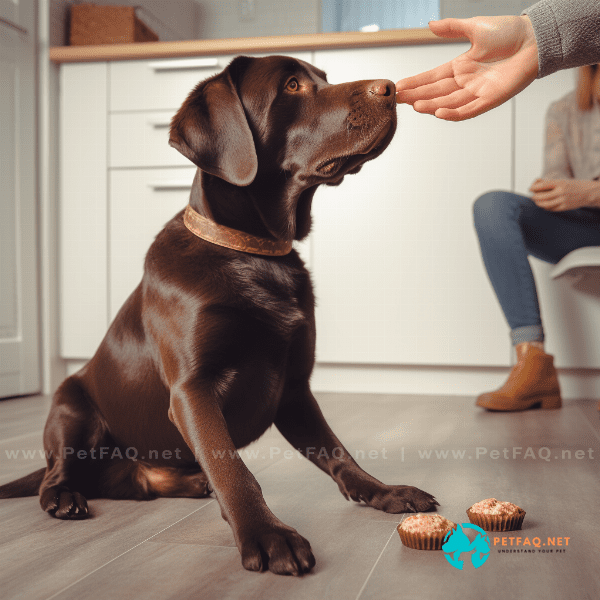What are some common examples of positive reinforcement techniques used in dog training?
Positive reinforcement is a dog training technique that rewards a dog for desired behavior to encourage it to repeat that behavior in the future. Positive reinforcement can be given in many forms, including treats, praise, toys, and affection. Here are some common examples of positive reinforcement techniques used in dog training:
1. Treats: One of the most common forms of positive reinforcement is giving a dog a treat for desired behavior. The treat should be something the dog finds highly motivating, such as a piece of chicken or cheese. Treats should be given immediately after the desired behavior, so the dog associates the behavior with the reward.
2. Praise: Praise is another common form of positive reinforcement. Dogs love attention and affection from their owners, and praise can be given in the form of verbal praise, petting, or a combination of both. Praise should be given immediately after the desired behavior, so the dog associates the behavior with the reward.
3. Toys: Toys can also be used as a form of positive reinforcement. Dogs love to play, and a toy can be used as a reward for desired behavior. The toy should be something the dog finds highly motivating, such as a ball or a tug toy. The toy should be given immediately after the desired behavior, so the dog associates the behavior with the reward.
4. Clicker Training: Clicker training is a form of positive reinforcement that uses a clicker to mark the desired behavior. The clicker makes a distinctive sound that signals to the dog that it has done something right. The click is immediately followed by a treat, which reinforces the desired behavior.
5. Food rewards: Food rewards are a highly effective form of positive reinforcement. They are easy to administer and can be used to motivate dogs to learn new behaviors. Food rewards can be given in the form of treats or regular dog food. They should be given immediately after the desired behavior, so the dog associates the behavior with the reward.
6. Playtime: Playtime is another great way to reward desired behavior. Dogs love to play and by incorporating playtime into training sessions, you can make learning new behaviors fun and enjoyable for your dog. Playtime should be given immediately after the desired behavior, so the dog associates the behavior with the reward.
In conclusion, positive reinforcement is a dog training technique that uses rewards to encourage desired behavior. The rewards can be in the form of treats, praise, toys, clicker training, food rewards, or playtime. By using positive reinforcement techniques, you can train your dog to behave in the way you want while strengthening your bond with your furry companion.
Read more:Positive Reinforcement in Dog Training

Related Questions
- How do you potty train a puppy as part of obedience training?
- How can I teach my dog to not pull on the leash during walks?
- What are some free tips for teaching my dog to not bark excessively?
- How can you train a hunting dog to work with other dogs and hunters in the field?
- Canadian Working Dog Federation (CWDF): This organization offers Schutzhund/IPO/IGP titles and competitions for several breeds in Canada.
